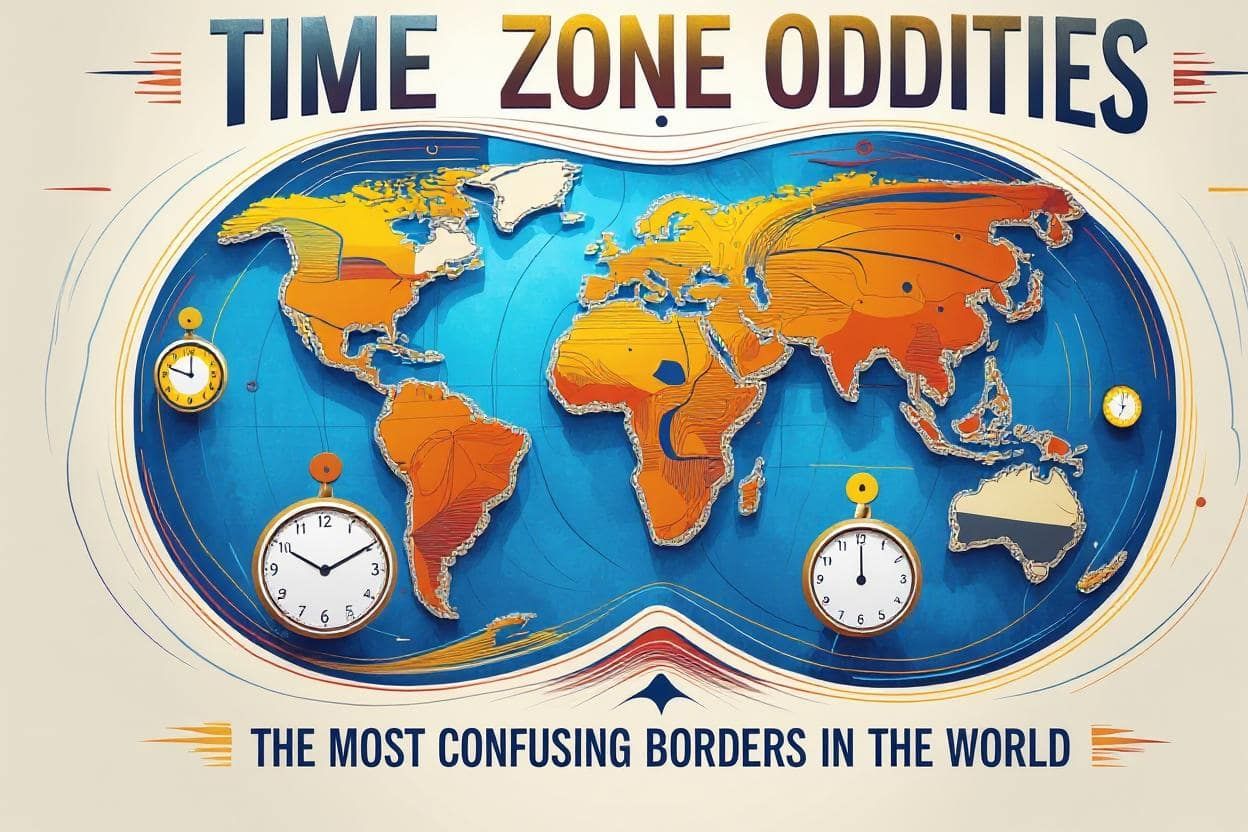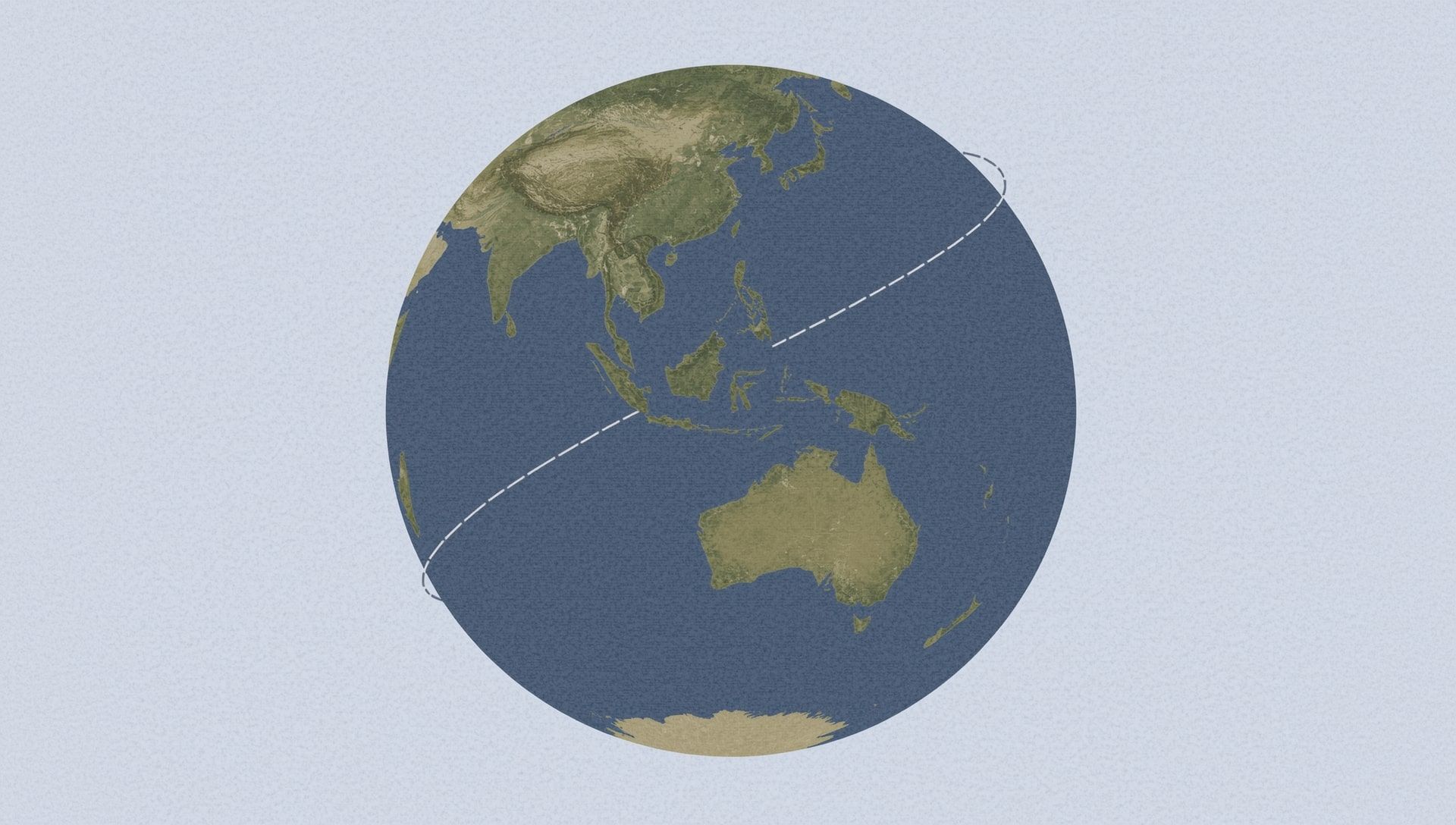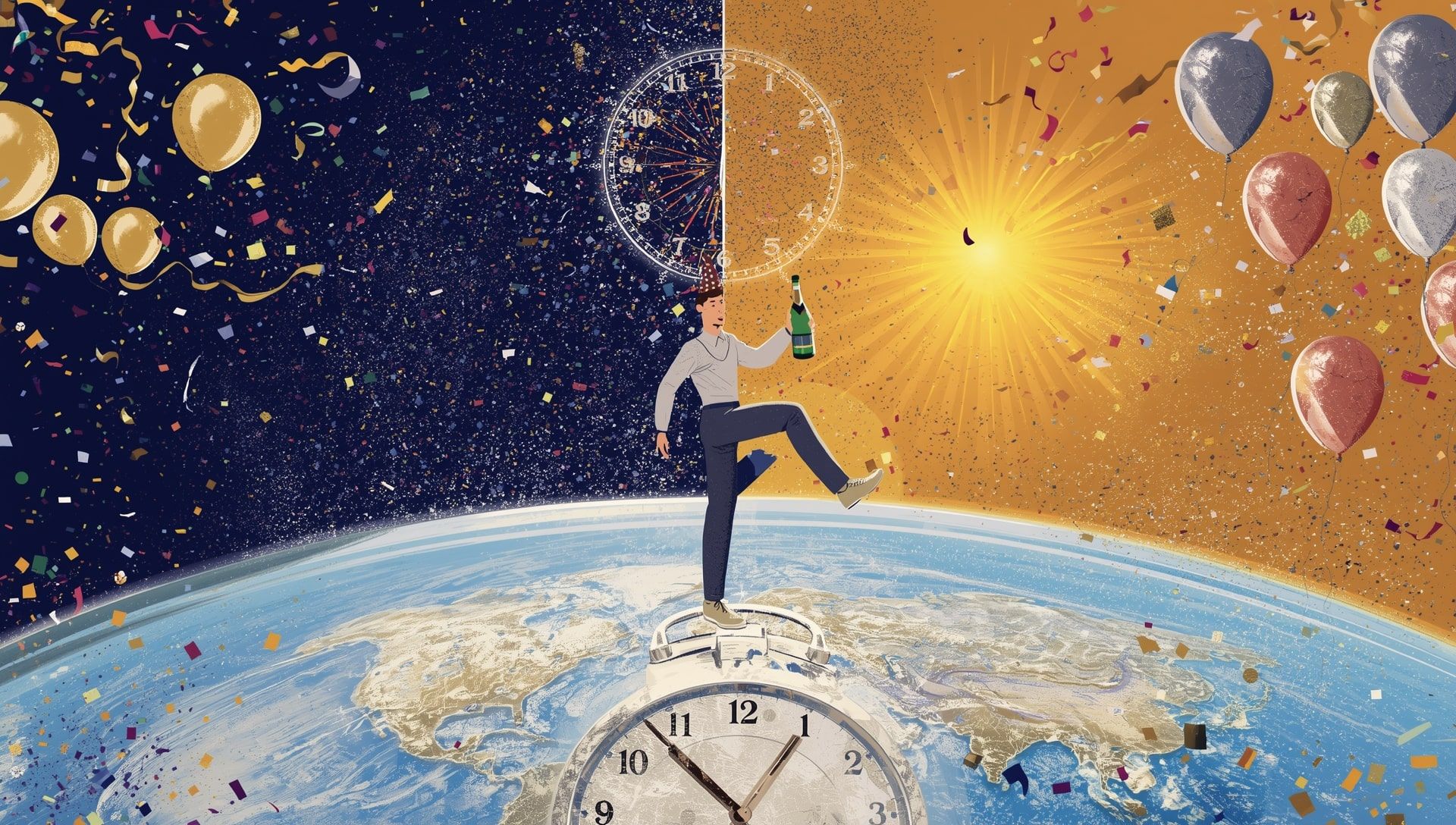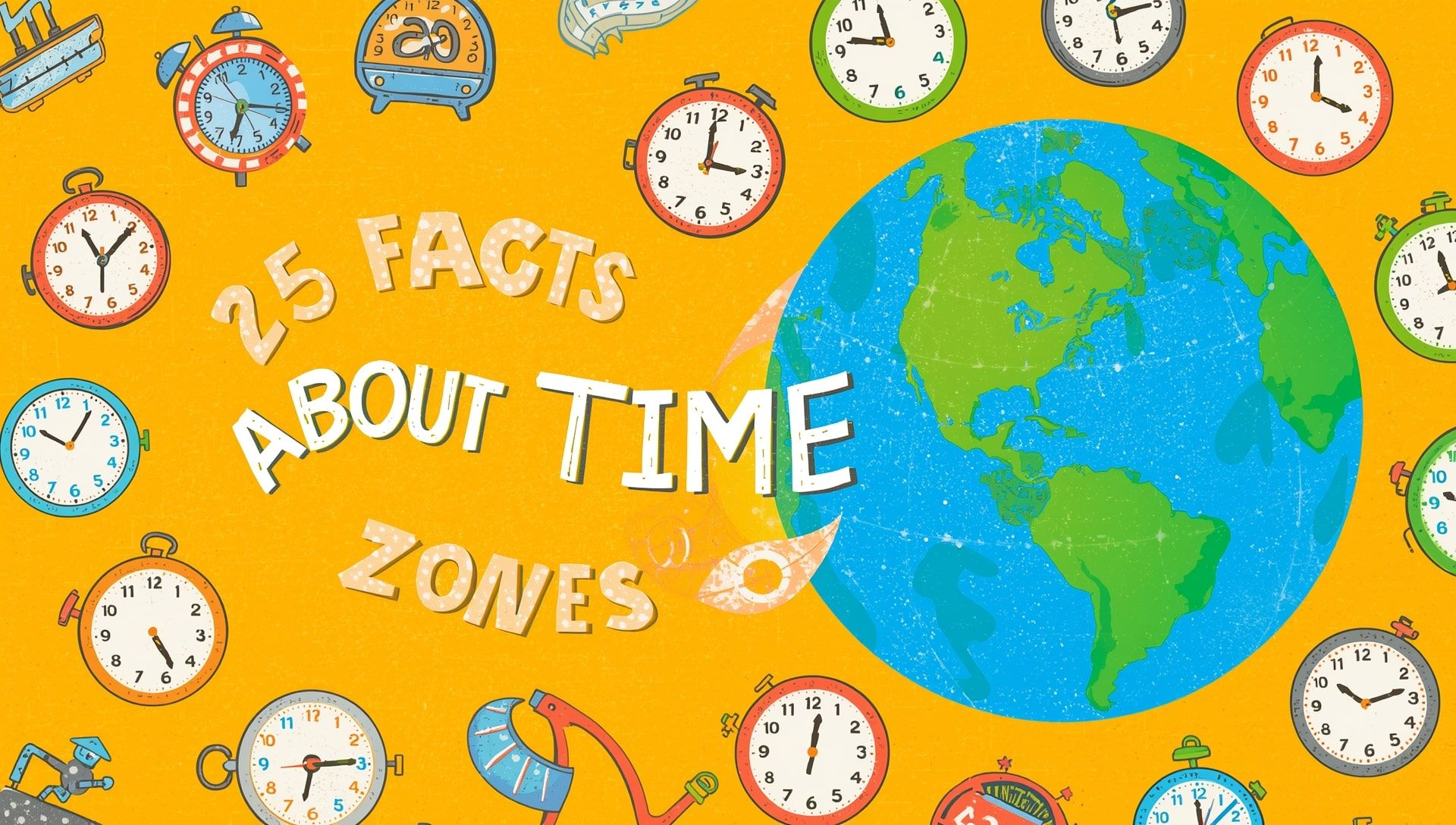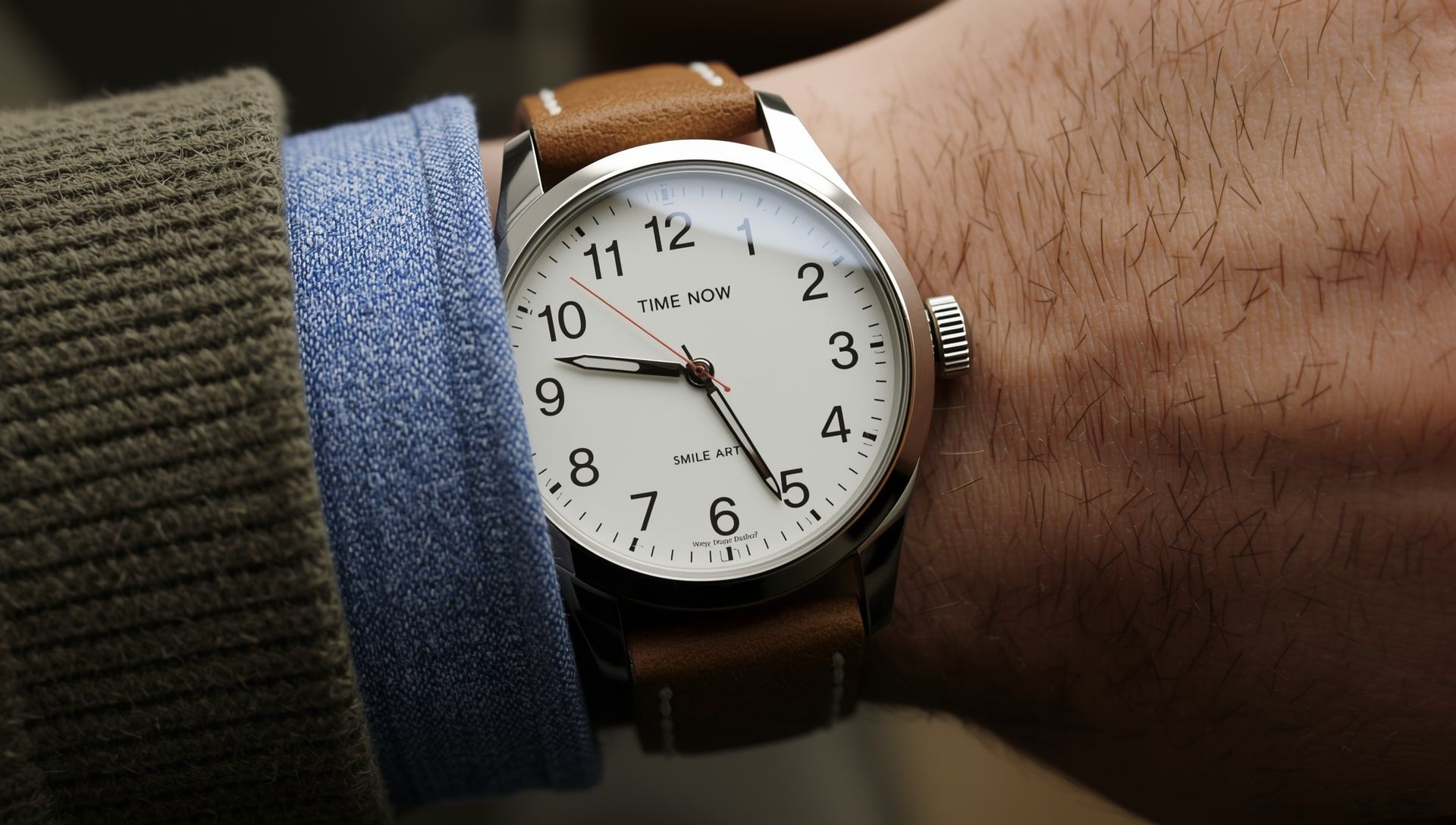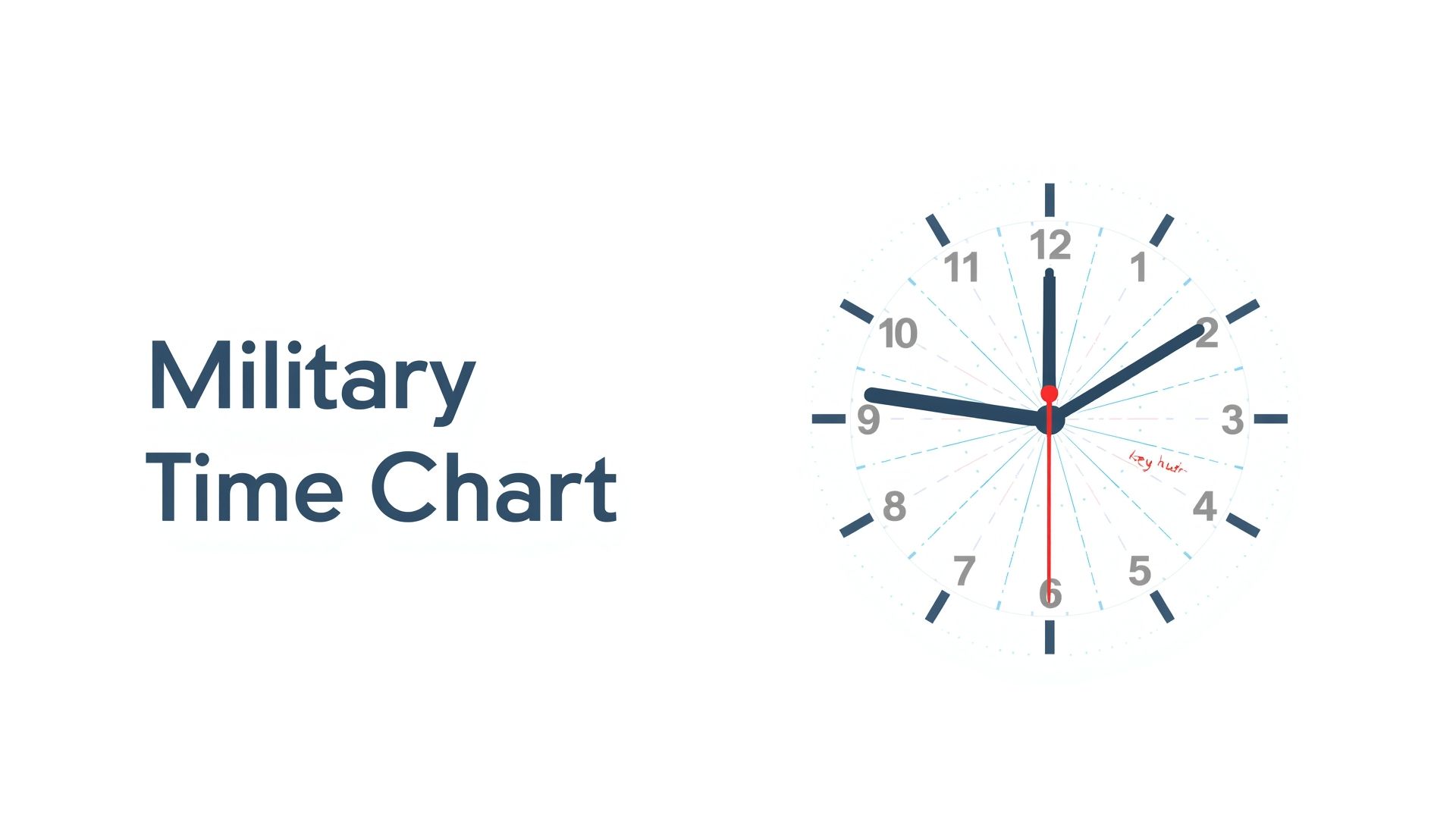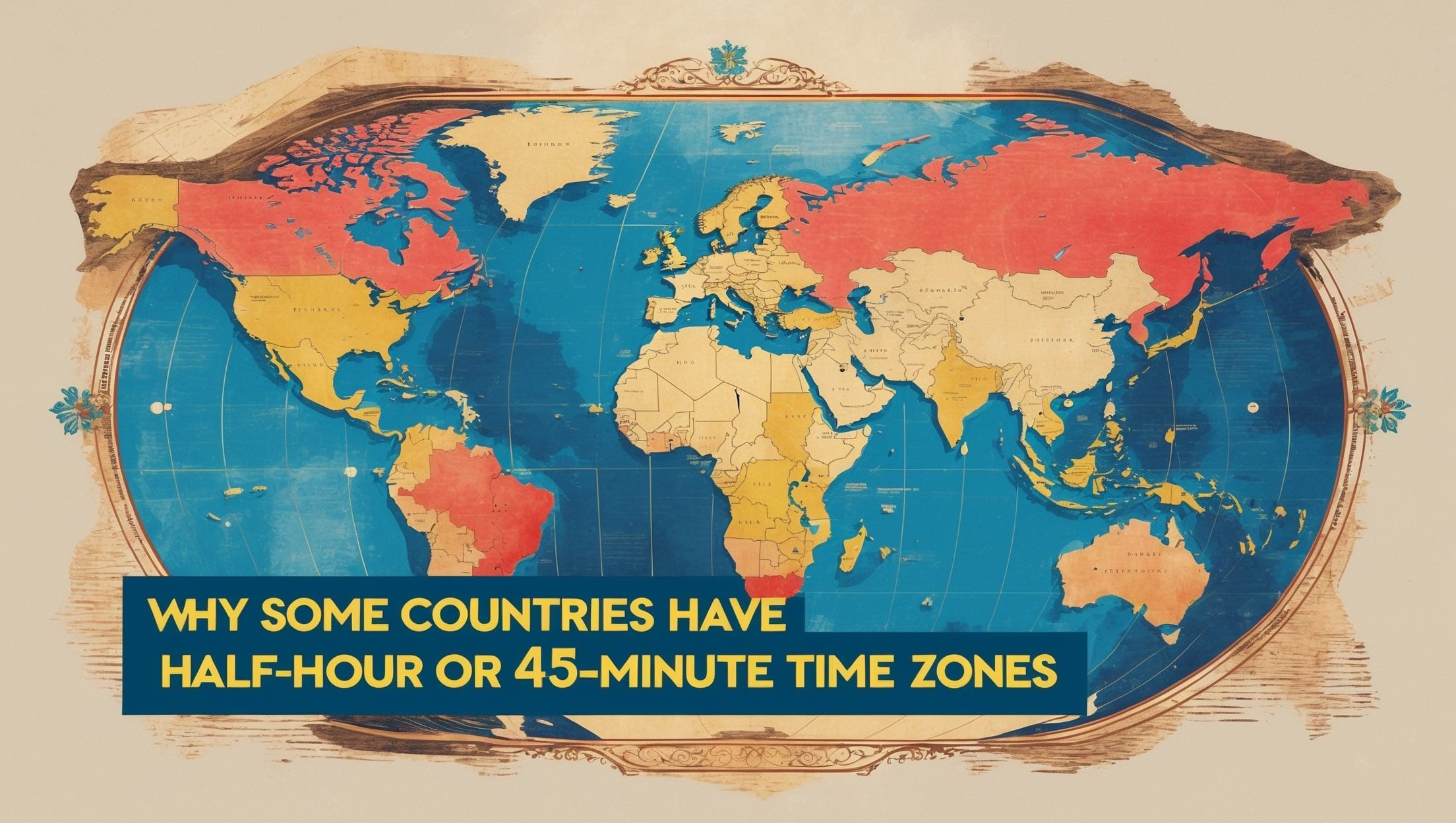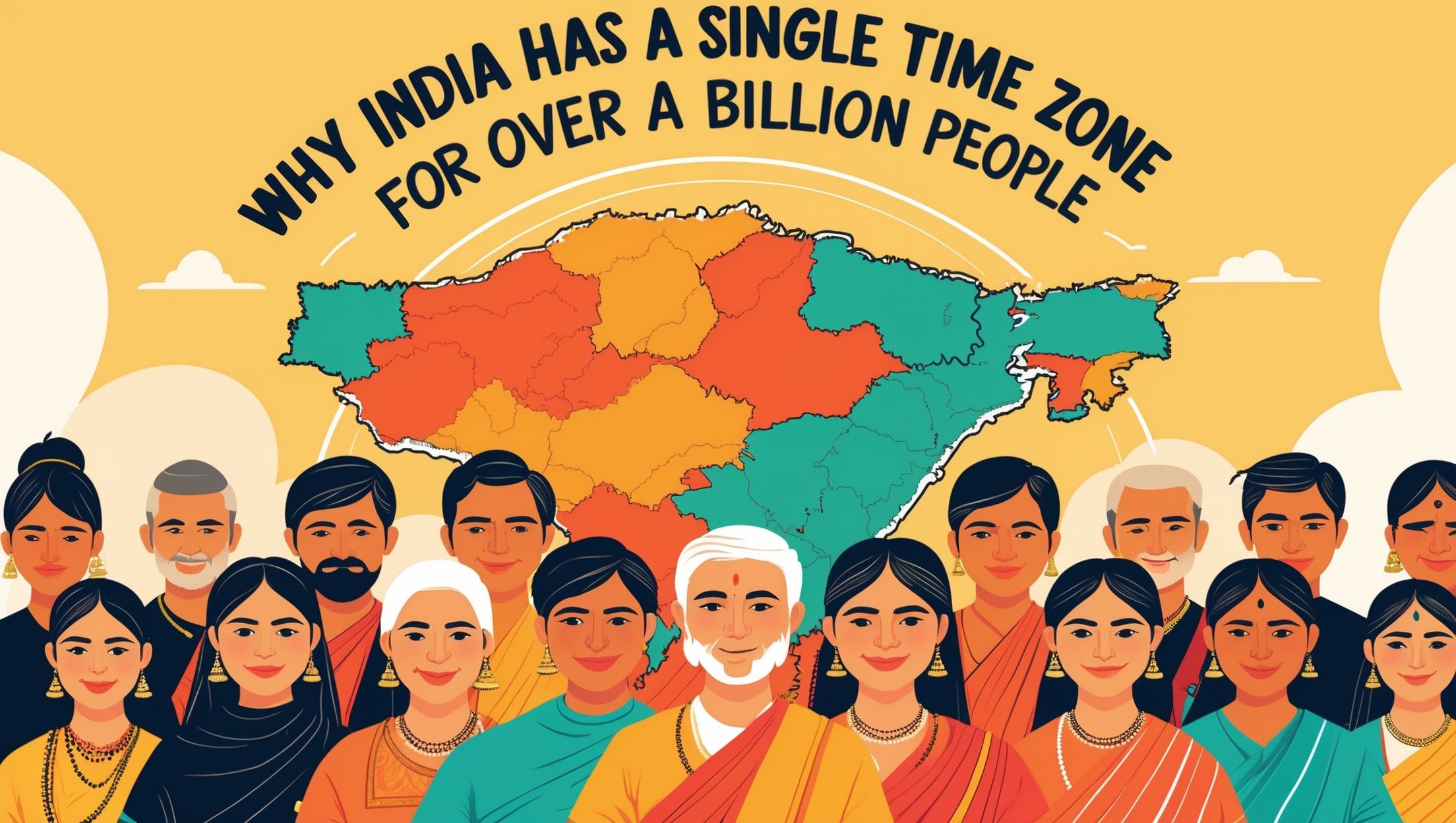There’s a town in the U.S. where the grocery store is in one time zone and the post office across the street is in another. A remote island split between two nations has neighbors who celebrate New Year’s Eve a full 24 hours apart. Time zones, you’d think, should follow logic, maybe even neat lines like those on a time zone map. But the truth is: they often don’t. Some of the world's borders make a mess of the clock, and it’s downright confusing. Checking a world clock can show just how inconsistent it gets.
Why Time Zones Got Weird in the First Place
Time zones were originally meant to make life easier. They came from the need to standardize time for trains. Before that, each city kept its own “local time” based on the sun. That’s fine if you’re walking to work, not so fine if you’re running a railway.
But even once time zones were introduced, they weren’t set in stone. Countries and even towns adjusted them for convenience, politics, or cultural reasons. Over time, this led to strange overlaps and big gaps right at the borders. These odd borders exist partly because of how global time standards classify regions.
Places Where the Clock Makes No Sense
Some borders are more confusing than others. Whether it’s because of half-hour offsets or full-day differences, these spots leave travelers scratching their heads. Different countries and borders have shaped time zones based on their own needs, politics, and geography.
- Kiribati and the International Date Line: The country of Kiribati stretches across such a wide area that it decided to move the date line just for itself. One part of the country is 14 hours ahead of UTC, making it among the first places to greet a new day, even though it’s not geographically far east.
- India and Nepal: India runs on a unique time: UTC+5:30. Nepal went a step further and set its clocks to UTC+5:45. That 15-minute gap at the border is just enough to mess with anyone trying to schedule a call or catch a train, unless you use one of our handy time zone converters.
- China and Afghanistan: China uses just one time zone, Beijing Time, even though the country spans five. That means in far western China, the sun might rise at 10 a.m. Meanwhile, Afghanistan next door uses UTC+4:30, creating a huge time jump at the border.
- North Korea and South Korea: North Korea has changed its time zone multiple times to mark political differences. At one point, it was 30 minutes behind South Korea. In 2018, they synced up again, but the change wasn’t about logic, it was symbolism.
- Arizona and Navajo Nation, USA: Arizona doesn’t observe daylight saving time. But the Navajo Nation within it does. Then there’s the Hopi Reservation inside the Navajo Nation that follows Arizona time. That’s three time zones layered inside each other without leaving the state.
Crossing the Street, Losing an Hour
Time zone confusion isn’t just on the other side of the world. It’s often right in people’s backyards. A great example is the town of Kenton, Oklahoma. Just a few miles away is New Mexico, which observes daylight saving time. Kenton does not. In summer, you could drive ten minutes and be an hour early or late depending on direction.
In the small city of Lloydminster, which sits right on the border between Alberta and Saskatchewan, Canada, things get even stranger. Saskatchewan doesn’t do daylight saving, Alberta does, but Lloydminster decided to stay unified by following Alberta time year-round. That means the rest of Saskatchewan is one hour off half the year, even though they share a province name on the map. Even neighboring major cities around the world can end up hours apart because of daylight saving rules or border quirks.
The Human Cost of a Wiggly Clock
Confusing time zones aren’t just a quirky trivia fact. They can cause real headaches. For people living near borders, scheduling doctor’s appointments, work shifts, or school pickups can turn into daily puzzles. Some folks even set two clocks — one for local time and one for the “real” time just across town.
Businesses get caught in the chaos too. A delivery driver crossing a time border might suddenly lose an hour off the workday. Or worse, miss a meeting by showing up “on time” by their watch but late by someone else’s. Some even adjust for public holidays that fall on different days just across the border.
When the Map Fights the Clock
Time was meant to be a tidy tool to keep our days running smooth. But thanks to politics, pride, and geography, some borders make time anything but simple. Whether it’s a half-hour tweak or a 24-hour leap, the clock doesn't always play nice with the map. And for people living in these spots, the simple question “What time is it?” might have more than one answer. For a clearer picture of how these borders twist the clock, explore our full guide on how timezones work.
